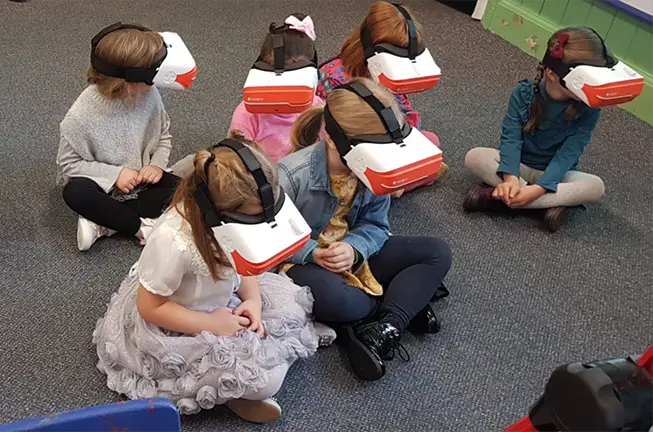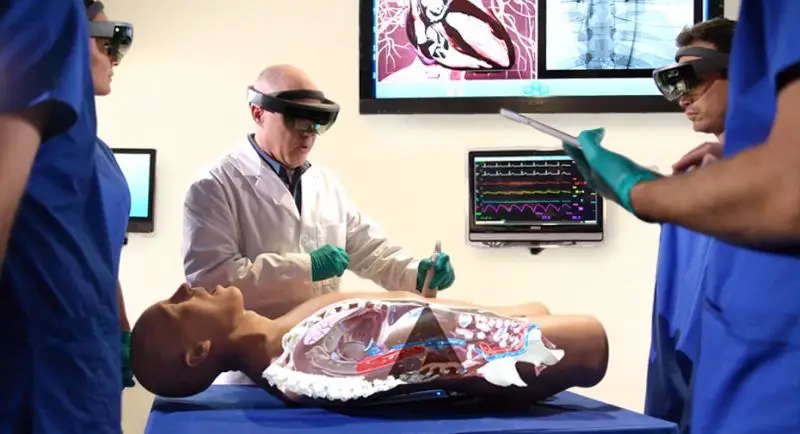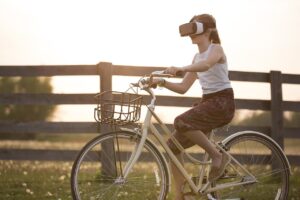As technology rapidly changes the world, a lot of people are interested in how virtual and augmented reality will shape learning. The two realities are really set to change the way that educators teach and students learn both in and out of a classroom. While we are just now witnessing the initial stages of what will be a full-scale incorporation of VR and AR into education, it’s clear that they will become modern and innovative study tools.
It’s very likely that in coming times modern tools which are based on the principles of VR and AR will play a major role in the education and training of young people and introducing them to difficult concepts that are more suited to be explained using innovative ways which connect them with immersive experiences.
The two realities can be applied in various levels of education and training;
In Pre-school and K-12
AR in K-12 Settings Freitas & Campos, two scientists in 2008 developed SMART (System of augmented reality for teaching) which is an educational system that uses AR technology. The system used AR in teaching 2nd grade-level concepts, like types of animals and means of transportation by superimposing three dimensional models and prototypes, of a car or animal on the real time video feed shown in class.

Because a lot of children spend a large amount of time playing digital games, game-based learning is a good way to engage them in learning.
In Books
People, especially young children, are able to read books in more realistic and interactive methods by superimposing 3D rendered models onto books with AR technology. It makes use of both a normal book and a handheld see-through AR device.

People turn the pages of the book, look at diagrams, and read without any interactive assistance.
In Higher Education
AR is also gaining momentum in higher education, more so in practical studies like medicine. The Cleveland Clinic in conjunction with Case Western Reserve now offers its medical students a 3D holographic anatomy program. This allows students while wearing a Microsoft HoloLens to take a deeper dive into virtual cadavers.

According to the school, this method now saves them dozens of hours in the traditional cadaver lab. It also provides an immersive, multisensory experience that is often a more effective teaching method than using textbooks.
In Training
VR with the addition of AR could be used in training situations where it could be too costly, dangerous or logistically impossible to have trainees participate in an actual event. Virtual reality training could be used as a supplement for firefighters to stay dexterous in tactics and situations.
Using AR to train employees or students at any level of education will provide an immersive and multisensory experience that is most often than not more effective than traditional methods which result in a greater depth of training and quicker mastery.
AR and VR can make any educational environment more productive, pleasurable, and interactive as it not only has the power to engage the learner in a vast array of interactive ways never possible before but also provides each individual with a unique discovery path.





